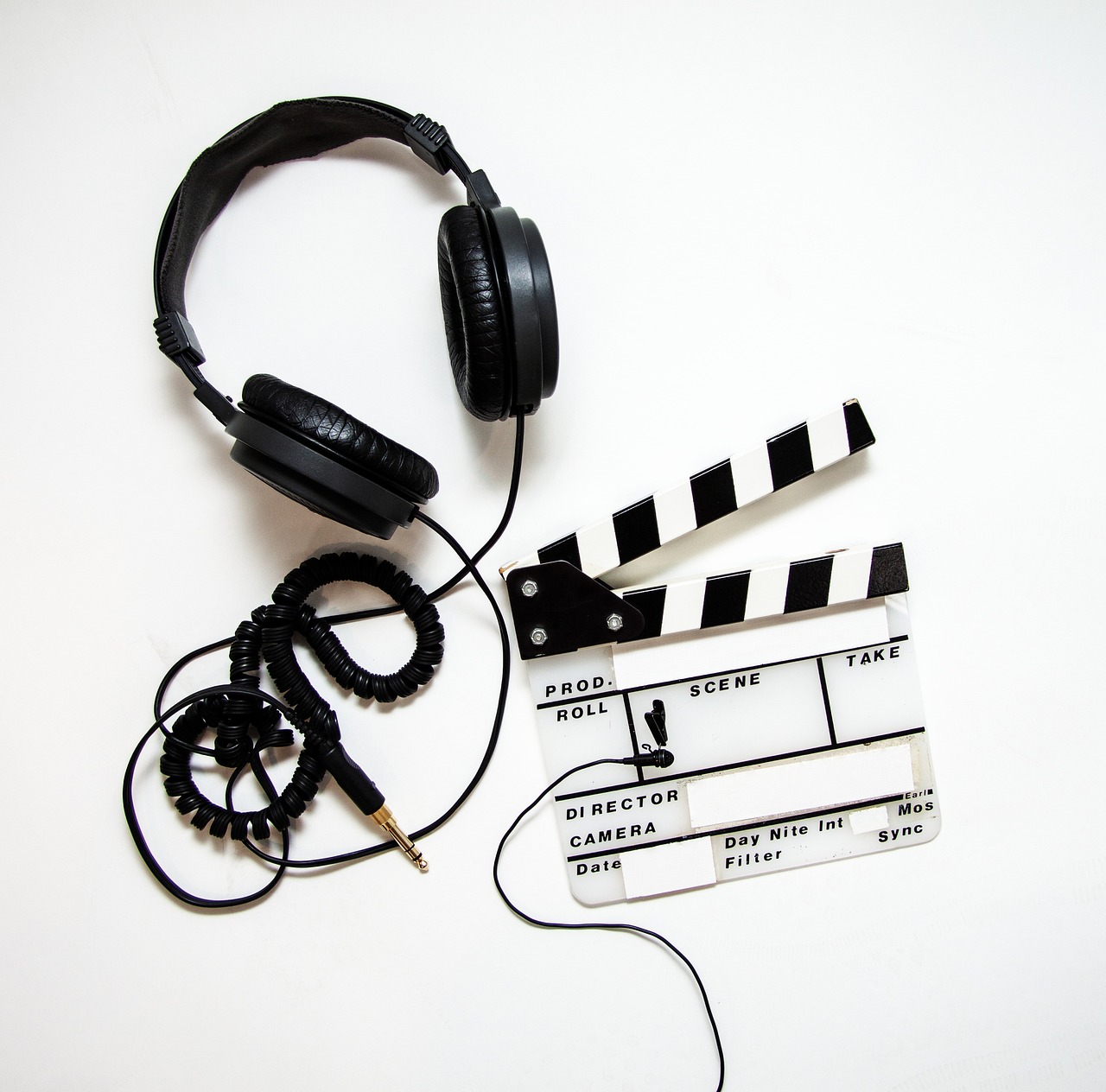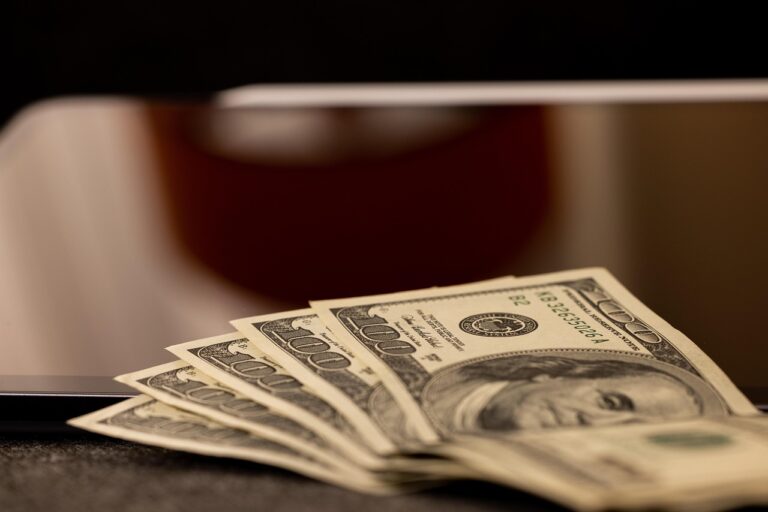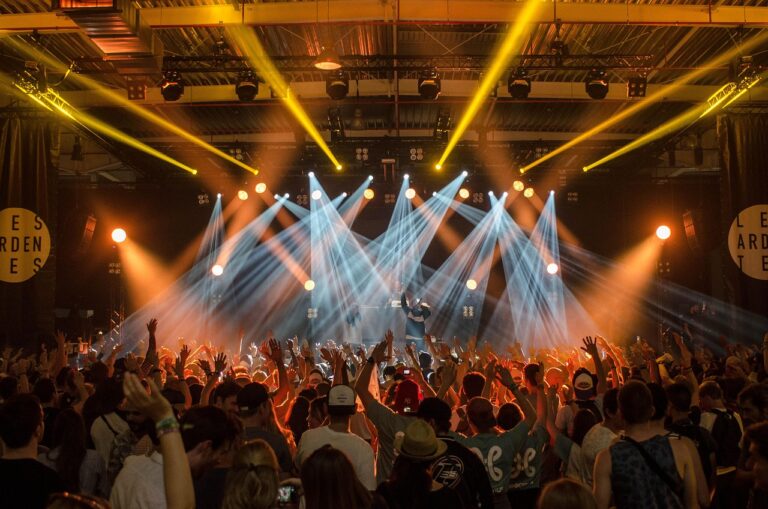In film and television, production design is the difference between a convincing 1980s newsroom and a set that feels like a thrift store. It coordinates physical builds, locations, props, and visual language so that what the camera sees tells the story before anyone speaks. On a mid-budget feature, this can mean designing 25–60 distinct environments and managing hundreds of physical items under tight time limits.
If you’re asking “What is production design,” here’s the short answer: it is the end-to-end design of the world on screen its architecture, textures, and visual rules shaped to serve the script, the schedule, and the budget. Below is how it actually works, what it costs, and how decisions are made when time and money run short.
What Production Design Actually Covers
Production design defines the visual environment: locations, built sets, set dressing, hand props, graphic elements (signage, packaging), and the color/texture logic that binds them. It is the counterpart to cinematography and costume if cinematography controls light and lens, and costume controls the character’s body, production design controls the world that frames both. The designer establishes a “design bible” that locks style parameters (palette, materials, period references) so dozens of micro-decisions stay coherent under pressure.
Terminology That Clarifies Roles
The production designer leads the visual world-building. The art director turns that vision into plans, budgets, and daily execution. Set decoration sources furniture and dressing; props handles items actors touch; construction builds structures; scenic artists age and finish surfaces; greens adds plant life; graphics creates in-world print; VFX collaborates where the physical world meets digital extensions. On a 10-episode drama, the art department typically runs 20–60 people at peak; on commercials or micro-budget indies, the same roles may collapse into 2–6 people wearing multiple hats.
Scope scales with format. A single-set sitcom might maintain 1–3 standing sets for an entire season, which reduces daily setup time and risk. A genre feature may flip that ratio, constructing multiple short-lived sets. Period and world-building shows multiply costs: a contemporary apartment can be dressed in a day; a believable 1880s saloon or alien lab can need 2–3 weeks of research, sourcing, and fabrication to avoid anachronisms and uncanny textures.
From Script to Screen: How the Work Happens
The workflow begins with a script breakdown. Every scene is tagged for location needs, builds vs practical locations, specialty props, graphics, and safety/VFX requirements. The designer assembles mood boards and color scripts, then commissions concept art for key spaces. Locations is tasked with scouting real-world candidates, while drafting begins technical drawings for any builds. For a mid-budget feature, preproduction commonly runs 6–12 weeks; franchise films can run 20+ weeks to allow multiple set builds and backlot prep.
Design decisions are tested against the lens. A set that reads “premium” to the naked eye can look flat on a 40mm lens under the show LUT. Designers coordinate with the DP on surface reflectance, highlight behavior, and sightlines. For example, glossy marble may bloom under hard light; textured plaster at 30–50% gray can hold more shape across lighting setups. Practical fixtures are specified for color temperature and dimmability so lighting can mix them with film lights without ugly green spikes.
Execution is a logistics race. Builds are scheduled backward from shoot days, allowing construction, scenic, dressing, camera/blocking tests, then final tweaks. A typical standing set might need 5–10 working days from framing to shoot-ready, assuming materials and approvals are in hand; elaborate sets with curves, water, or specialty finishes can take several weeks. Major city permits for street dressing often require 5–10 business days and detailed traffic and safety plans. The department coordinates “turnovers” (handoffs) with soundstages, locations, and VFX to ensure scans, measurements, and clean plates are captured before the set is struck.
Budget, Trade-Offs, and Constraints
There is no universal formula for art costs, but rough ranges help planning. For narrative projects, art department plus set decoration often lands around 5–20% of total production budget, with outliers: build-heavy shows (space operas; historical epics) can exceed 30%, while present-day, location-driven stories can fall under 5%. The main drivers are labor, construction materials, specialty finishes, rentals, transportation, and contingency. Labor scales nonlinearly: shaving two days from a build can require adding shifts, which increases overtime costs and risk of errors.
Build vs buy vs rent is the core economic decision. Building offers control over scale, removability of walls for camera, and repeatability; it costs more upfront but can save 1–2 hours per day in lighting and rigging compared to constrained locations. Renting furniture or hero props is usually cheaper than buying for short runs; long schedules or distinctive period items may justify purchases if resale is viable. A common rule of thumb: if dressing a location to match the design will cost more than roughly 40–60% of a simplified studio build and the schedule is tight building may be safer, because overruns at a real location (noise, access limits) can trigger expensive delays.
Constraints arrive from safety, legal, and environmental directions. Fire load, egress, and structural support are non-negotiable; many productions run builds through certified inspectors, even on private stages. Weapons, breakaways, and atmospheric effects require dedicated protocols and rehearsals. Sustainability has become an explicit line item: productions increasingly track materials reused, flats recycled, and power drawn from mains instead of generators. Some broadcasters now require a carbon report; initiatives like albert in the UK formalize this, and compliance can influence greenlight decisions.
Collaboration, Tools, and Quality Control
Production design choices are multiplied (or undermined) by other departments. Costumes and sets share palettes to separate characters from backgrounds; if a character’s arc requires shifting them from blended to isolated, the set palette can be adjusted across episodes to amplify that change. Hair/makeup tests are run on the intended set finishes because skin tones respond differently against warm woods versus cool concrete. With VFX, the designer agrees on what is physical, what is digital, and where seams will sit; LIDAR scans and HDRI domes collected on set let digital extensions inherit real-world scale and light.
Tooling is pragmatic. Drafting often lives in SketchUp, Rhino, or Revit for speed and coordination; set prints go to construction in standardized scales, then to scenic with finish schedules. Texture libraries and small-scale mockups prevent nasty surprises: a 4×4 paint sample under production lighting can avert repainting 3,000 square feet. Photogrammetry and LIDAR help rebuild locations later for pickups; even on low-budget shoots, a disciplined set of stills with color charts and measurement sticks dramatically improves continuity and VFX handoff.
Quality control is measured in time saved and shots gained. A well-designed standing set can reduce daily “first shot” time by 30–60 minutes versus a new location, compounding over weeks into extra coverage and performance time. Conversely, a set that looks good but blocks camera movement can quietly cost an extra hour per day in relights and resets. Postmortems track avoidable repainting, emergency rentals, and re-sets after continuity misses. When those counts trend down, design is doing its job: not only making frames beautiful, but letting the crew move faster.
Concrete Examples and Decision Patterns
A courtroom drama faces a common choice: real courthouse or build. Real locations carry authority but may restrict rigging and force night shoots. A build allows flying walls, hidden cable runs, and controllable windows. If the script uses the courtroom in 8+ days across the schedule, a build usually amortizes well; if it is one long day and two inserts, negotiating a real courtroom and layering in dressing may be cheaper.
Science fiction labs tend to overrun unless modularized. Designing repeatable wall units (1.2–1.5 meters wide) with interchangeable greebles lets the art team reconfigure spaces overnight for new scenes, turning one build into three “new” labs. Lighting baked into the walls can replace floor units, enabling faster company moves. The trade-off is upfront engineering time; locking module dimensions early is critical so props and camera clearances remain consistent.
Period street exteriors balance control and cost. Full backlot builds are expensive, but selectively dressing two contiguous blocks and using VFX to erase modern elements can achieve 80–90% of the desired period look at a fraction of the price. The success criterion is camera discipline: if storyboards keep angles within those two blocks, the audience never notices the limits; if coverage expands unpredictably, the savings evaporate into last-minute fixes.
Conclusion
Production design answers two questions at once: what should the world look like, and how do we deliver that world on time. If you’re scoping a project, start with a clear design bible, decide early which sets recur, and run a build-versus-location matrix that accounts for access, control, and lighting time. Then measure success not just by how frames look, but by how many usable minutes per day the design returns to the schedule.



